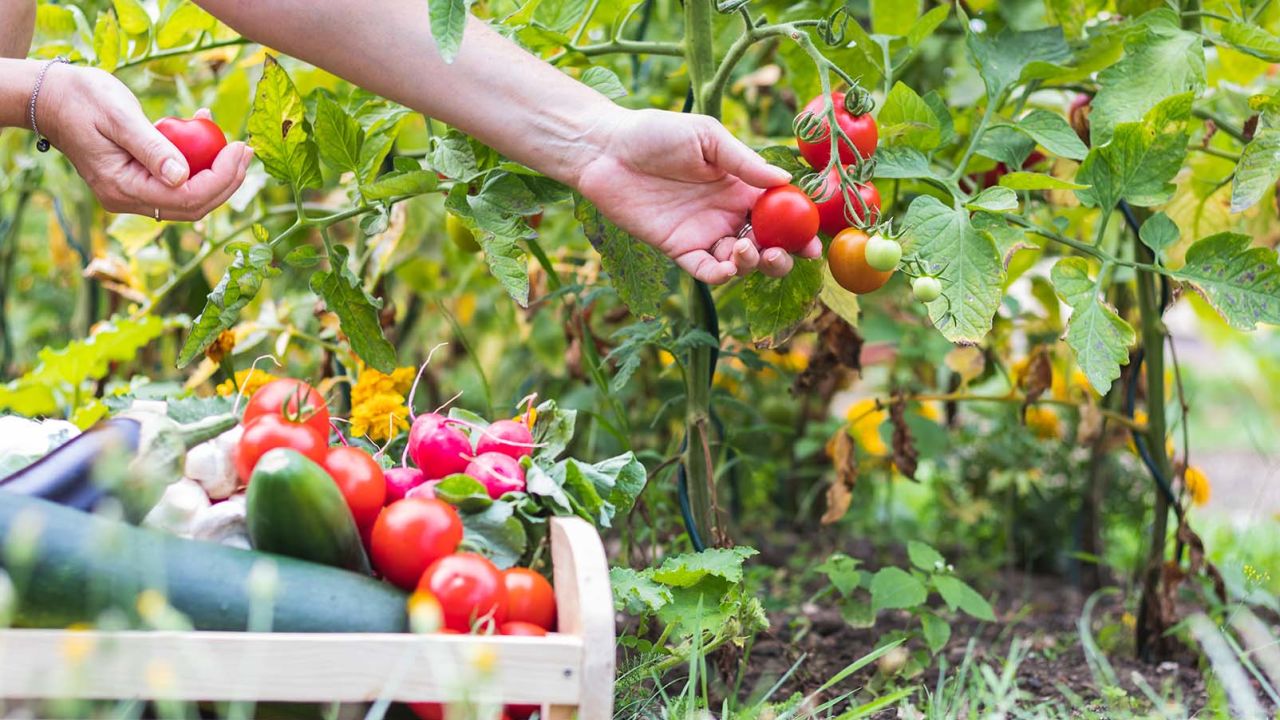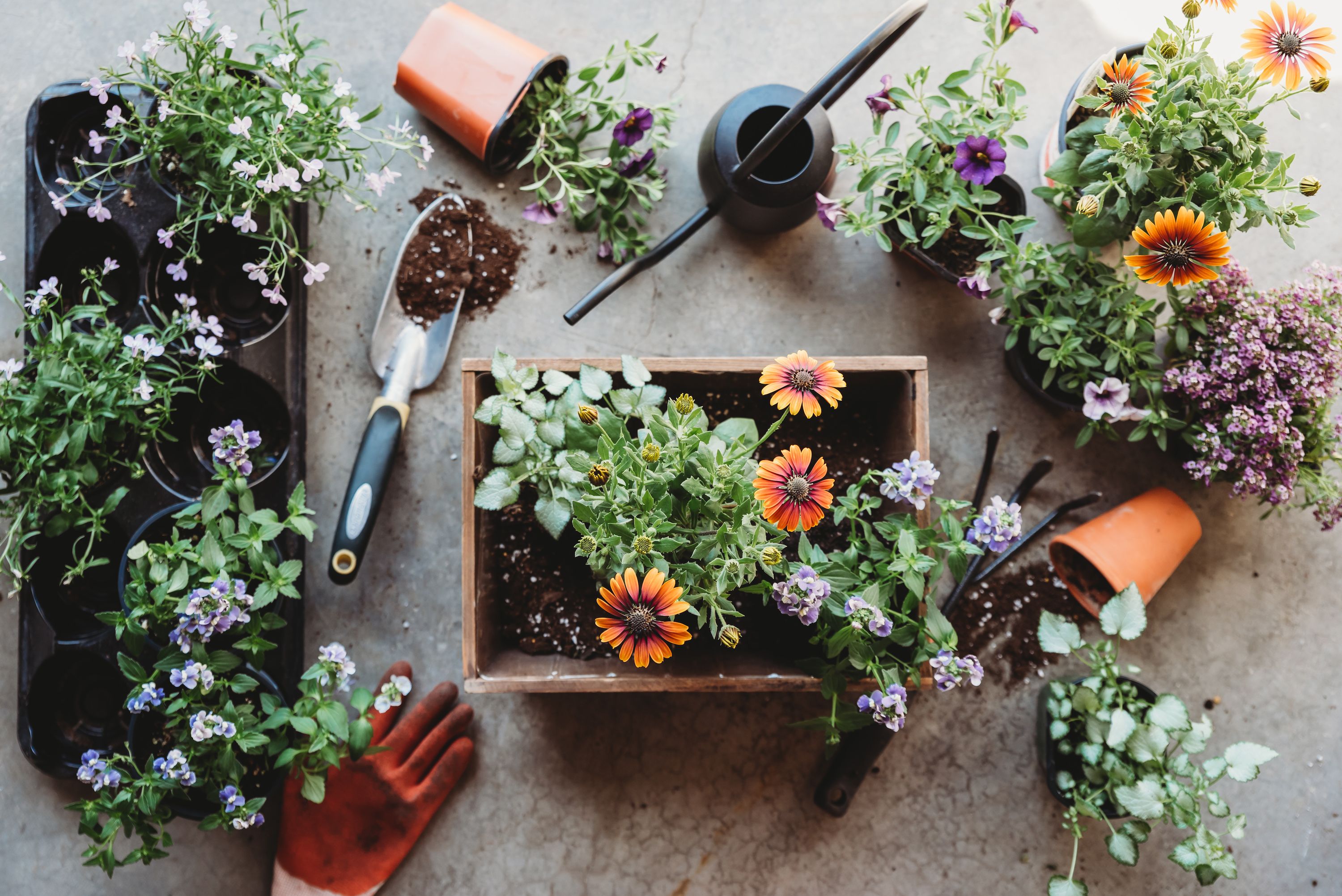Thrive right into a Pro: Home Gardening Tips for Beginners
Wiki Article
From Seed to Grow: A Novice's Overview to Horticulture Success

Selecting the Right Seeds
To guarantee an effective yard, you need to select the ideal seeds for your growing conditions and desired plants. Various plants flourish in various climates, so it's important to pick seeds that are suitable for your specific region. On the other hand, if you live in a cooler environment with shorter growing periods, look for seeds that have a shorter maturity period.An additional variable to take into consideration is the kind of dirt in your garden. Some plants favor sandy dirt, while others flourish in clay or loamy dirt. Recognizing the composition of your soil will help you pick seeds that will grow well in your yard. In addition, think of the amount of sunlight your garden obtains. Some plants, like peppers and tomatoes, require complete sunlight to prosper, while others, such as leafy eco-friendlies, can endure partial color.
If you're interested in blossoms, choose seeds for plants that will certainly complement each various other in terms of height, color, and blossom time. By very carefully selecting the right seeds for your growing conditions and preferred plants, you'll set yourself up for a successful yard.
Preparing the Dirt
Since you've chosen the best seeds for your garden, it's time to prepare the soil for optimal development. Preparing the soil is an essential action in horticulture success, as it gives the foundation for your plants to thrive.Start by getting rid of any type of weeds or debris from the location where you intend to plant (gardening tools for beginners). Weeds can take on your plants for nutrients and water, so it is necessary to remove them prior to planting. Make use of a garden fork or hoe to loosen up the soil, separating any kind of clumps and developing a loosened, brittle texture
Following, it's time to boost the soil's fertility. Add raw material, such as garden compost or well-rotted manure, to enhance the soil and give vital nutrients. Spread a layer of raw material over the dirt and use a garden fork or rake to include it into the leading couple of inches. This will assist enhance drainage, wetness retention, and nutrition availability for your plants.
Finally, think about checking your dirt's pH degree. Most plants choose a somewhat acidic to neutral pH, around 6.0 to 7.0. You can buy a soil screening kit from a garden facility or send a sample to a laboratory for evaluation. Based on the results, you can change the pH level by adding changes like lime or sulfur.
Planting and Watering Methods
After preparing the soil, it's time for you to concentrate on planting and watering methods to make certain the success of your yard. Make certain to follow the directions on the seed packages or plant labels when it comes to growing. Different plants have different needs for planting deepness and spacing. Dig a hole that is simply the right size for the plant's origins and delicately position it in, seeing to it not to harm the roots. Fill the hole with soil, carefully firming it around the plant.It is important to water your plants effectively to promote healthy development. The secret is to provide adequate water without sinking the plants. When watering, goal to moisten the dirt uniformly, making certain that the water gets to the plant's origins.
To determine when to water, check the wetness degree of the soil by putting your finger concerning an inch deep. If it really feels completely dry, it's time to water. Take into consideration utilizing a watering can or a hose with a gentle spray nozzle to stay clear of destructive delicate plants.
Nurturing and Maintaining Your Garden
Put in the time to regularly care for and tend to your garden to guarantee its continued development and success. Supporting and keeping your yard is crucial in order to maintain your plants flourishing and healthy. One important aspect of yard maintenance is weeding. Routinely eliminate any undesirable plants that might take on your garden for nutrients and area. Additionally, regularly check your plants for any type of indications of parasites or illness. Early discovery can prevent the spread of unsafe bugs or illness and conserve your plants from irreversible damages. One more vital job is pruning. Cut back overgrown branches and remove dead or unhealthy components of plants to advertise healthy and balanced development. It is also crucial to supply sufficient water and nutrients to your yard. Water your plants on a regular basis, making sure to prevent overwatering, as this can lead to root rot. Use fertilizers to supply essential nutrients that might be doing not have in your soil. Do not forget to mulch! Applying a layer of mulch around your plants aids conserve moisture, suppress weeds, and regulate soil temperature. By constantly taking care of and maintaining your yard, you will certainly guarantee its ongoing development and success.Harvesting and Appreciating the Fruits of Your Labor
When can you begin enjoying the benefits of your effort in the yard? The answer depends upon the sort of plants you have grown. Some vegetables, like lettuce and radishes, can be gathered as quickly as they get to a preferable dimension (gardening kit for beginners). Others, such as peppers and tomatoes, call for a longer growing period before they prepare to be selected.To identify if your veggies are ready for harvest, you need to look for particular indicators. They should quickly remove from the creeping plant when delicately drawn.
When harvesting, it is essential to utilize the appropriate devices and methods. A sharp pair of pruning shears or a garden knife can be utilized to easily reduce veggies from the plant. Make sure to collect in the morning when the temperatures are cooler, as this will certainly aid preserve the quality of your produce.
As soon as you have actually gathered your vegetables, it's time to appreciate the fruits of your labor. Newly chosen vegetables can be utilized in a variety of scrumptious dishes, from salads to stir-fries. Alternatively, you can maintain your harvest by canning, freezing, or drying them to enjoy throughout the year.

Conclusion
By adhering to these beginner-friendly strategies, you are well on your way to supporting a flourishing yard. Keep in mind to provide your plants the care and attention they need, and quickly you will certainly be taking pleasure in the charm and bounty of your really own garden.To make certain a successful garden, you gardening for beginners need to select the right seeds for your growing conditions and wanted plants. By very carefully selecting the right seeds for your growing conditions and preferred plants, you'll set yourself up for a successful yard.
Weeds can contend with your plants for nutrients and water, so it's crucial to get rid of them before growing. When it comes to planting, make certain to follow the instructions on the seed packets or plant tags. Various plants have different requirements for planting depth and spacing.
Report this wiki page